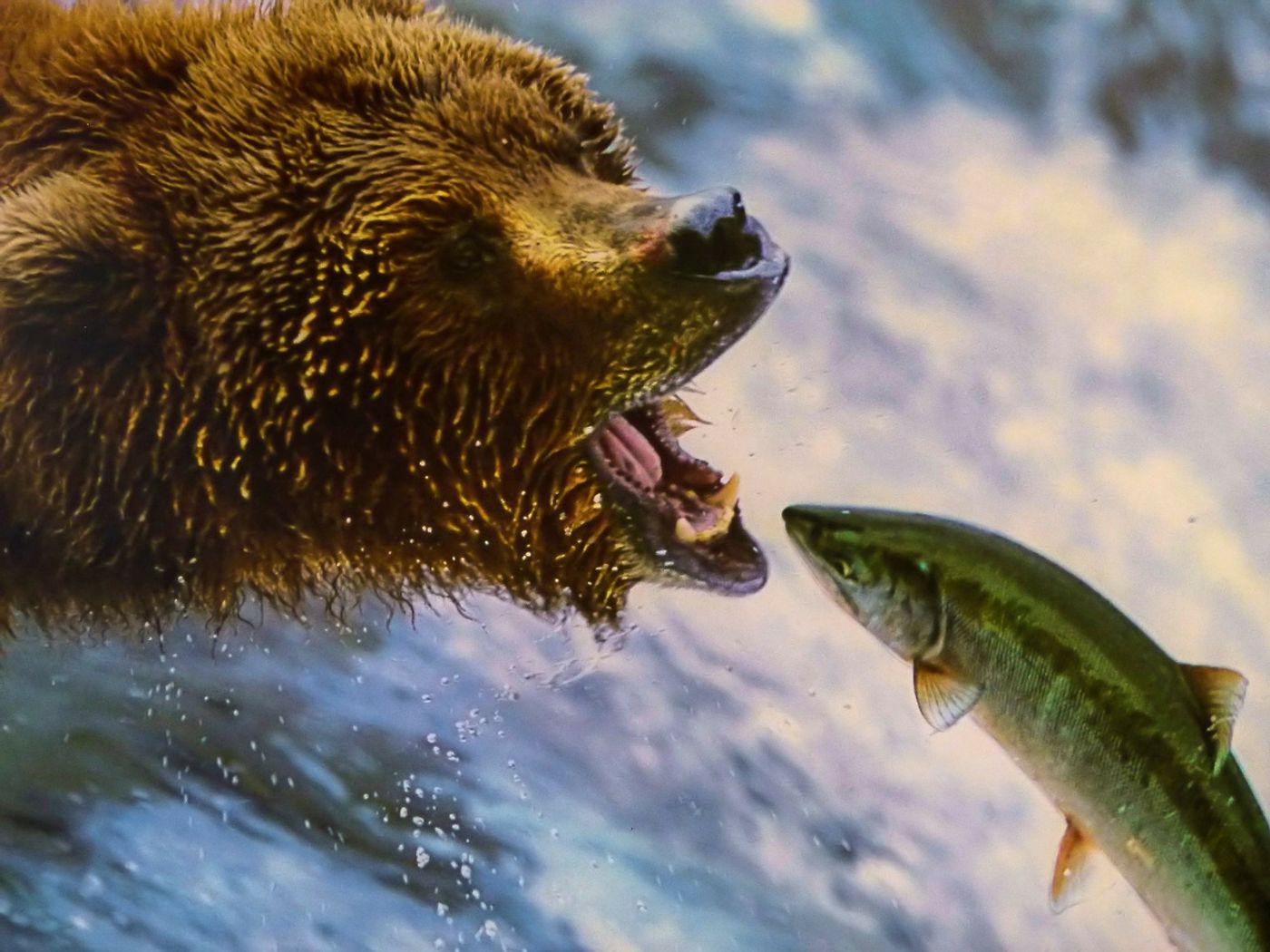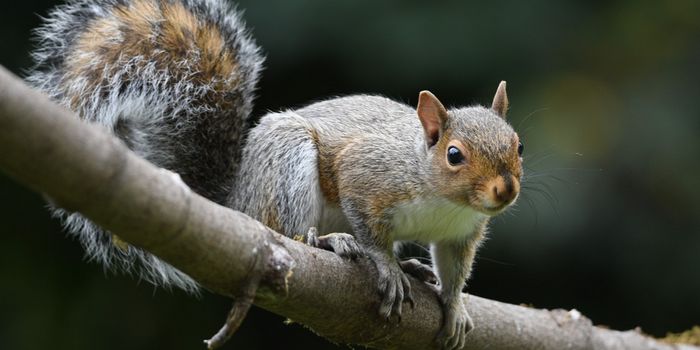Grizzly Bears Exploit 'Easy' Salmon Sources
Brown bears, also known in some parts of the world as grizzly bears, are renowned eaters of scrumptious wild freshwater salmon. But while most have witnessed video scenes of these bears steaking it out in the middle of a large river and catching any passerby fish they can, a study published in the journal Conservation Letters indicates that these large bears find most of their salmon in small streams rather than rivers.
Image Credit: Pixabay
The study, spearheaded by a team of researchers from Oregon State University, utilized a foraging model that was based principally on Alaska’s Wood River basin. The findings showed that small streams offer at least half of all bear-salmon interactions and consumption despite only comprising of approximately 20% of the region’s salmon density. With that in mind, it seems bears favor prey-catching when it involves less effort.
Related: Ocean acidification is making it harder for salmon and other fish to 'smell'
According to the researchers, smaller streams tend to have colder water, which helps salmon populations spawn earlier in the season when warmer waters are unable to provide adequate food sources for bears. Bears do indeed catch and eat salmon from rivers, but food availability can be scarce during certain parts of the season when small streams instead are teeming with tasty salmon ripe enough for the picking.
"Bears profit from these small streams because they offer salmon at unique times of the season," explained Jonathan Armstrong, the lead author of the paper. "To capitalize on plentiful salmon runs, bears need them to be spread across time."
Learning about the importance of small streams as food sources for bears means there are environmental implications for disturbing them when building mines. Mine-builders try not to disturb large rivers, but small streams are considered less imperative due to their size. The new study shows that small streams are just as important to bears as large rivers are, and that disturbing them hinders a critical food source for the animals.
"When people want to build a large mine, they think these streams don't matter because they represent a small fraction a watershed, in terms of area or salmon abundance," Armstrong added. "If we pose a different question and ask which habitats are important for the ecosystem, then small streams become particularly relevant."
Related: Decaying salmon bodies help younger populations thrive
Small streams are not just important to adult bears, but also to juveniles who aren’t large enough to tackle the treacherous currents in large rivers. Adult bears rely on them to begin fattening up after coming out of hibernation, and juvenile bears need these food sources to grow big and strong. Destroying small streams in favor of mines is comparable to a direct assault on bear populations.
"Having these streams means they can start eating salmon in early July, which is about six weeks before the river- and lake-salmon populations start spawning and become available to bears," Armstrong said. "It's an incredible foraging opportunity for bears."
Given the apparent circumstances of the situation, it should be interesting to see how conservationists will deal with the preservation of food sources for native bear populations. As large-scale development projects such as the proposed Pebble Mine are introduced, conservationists will need to ensure that wildlife and their food sources aren’t disturbed.
Source: Conservation Letters via Phys.org









